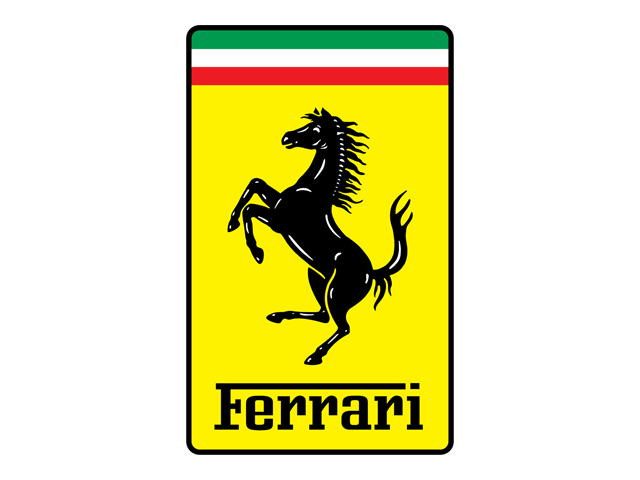1993 Ferrari F50

The descriptions of the Classic Cars in the Directory were partly generated or supplemented with the help of artificial intelligence (AI). The content may occasionally not always be entirely accurate or factually correct despite careful checking.
The Ferrari F50 1993 is a masterpiece of automotive engineering, built to capture the essence of the Formula 1 race car experience in a road-legal vehicle. With a limited production run of just 349 units, this mid-engine exotic sports car offers unmatched performance and driving dynamics.
At the heart of the F50 lies a naturally aspirated 65-degree V12 engine, displacing 4.7 liters and capable of producing 520 horsepower at a screaming 8,500 RPM. This powerplant is mated to a six-speed manual transmission, allowing for lightning-fast gear changes and smooth power delivery. The engine and transmission are mounted in a rigid aluminum space-frame chassis, with the suspension consisting of double wishbones, coil springs, and gas-filled shock absorbers for precise handling and exceptional ride quality.
The F50 features a unique aerodynamic body design, with a front hood that functions as an air inlet for the engine, and a rear diffuser that produces downforce for improved high-speed stability. The car's exterior is crafted from carbon fiber and Kevlar, which results in a lightweight vehicle with a curb weight of just 3,100 pounds. The car's performance is further enhanced by a high-tech telemetry system, which provides real-time data on the vehicle's speed, throttle position, and other critical parameters.
Inside the cabin, the F50 features a Spartan yet luxurious design, with minimalist controls and hand-stitched leather seats that offer excellent support and comfort. The steering wheel is fitted with paddle shifters, allowing for precise gear changes without taking your hands off the wheel. The dashboard houses a comprehensive array of gauges and displays, with a large tachometer taking center stage to showcase the engine's high-revving nature.
Overall, the Ferrari F50 1993 is a stunning combination of form and function, delivering unmatched performance and handling dynamics in a rare and collectible package. With its race-bred engineering and uncompromising focus on performance, this exotic supercar remains a true icon of automotive history.
Milestones
- The Ferrari F50 was introduced in 1993 as a successor to the legendary F40 model - Only 349 F50s were built, each priced at over $1 million - The F50 was designed as a road-legal version of Ferrari's Formula One car, the F1-90 - The F50 featured a mid-mounted V12 engine producing 513 horsepower, allowing it to reach a top speed of 202 mph - The car's bodywork was made entirely of carbon fiber, contributing to its lightweight design - The F50 did not feature a traditional roof, instead offering a removable fabric top for protection from the elements - Unlike the F40, which had no ABS brakes, the F50 was equipped with anti-lock brakes and traction control - The F50's interior was spartan, with minimal amenities to reduce weight, and featured a unique "targa-style" dashboard design - The F50 was produced for only two years, with the last car rolling off the assembly line in 1995 - The F50 remains a highly sought-after collector's item, with some examples selling for over $3 million in recent years.Technical
- Engine: 4.7 liter naturally aspirated Tipo F130B V12 engine - Horsepower: 520 hp at 8,000 rpm - Torque: 347 lb-ft at 6,500 rpm - Transmission: 6-speed manual gearbox - Top speed: 202 mph - 0-60 mph time: 3.7 seconds - Suspension: Independent double wishbone with coil springs and dampers - Brakes: Brembo ventilated disc brakes - Tires: Michelin Pilot Sport tires - Body material: Carbon fiber and aluminum honeycomb - Weight: 1,235 kg (2,723 lbs) - Dimensions: 4.48 m (176 in) length, 1.98 m (78 in) width, 1.12 m (44 in) height



